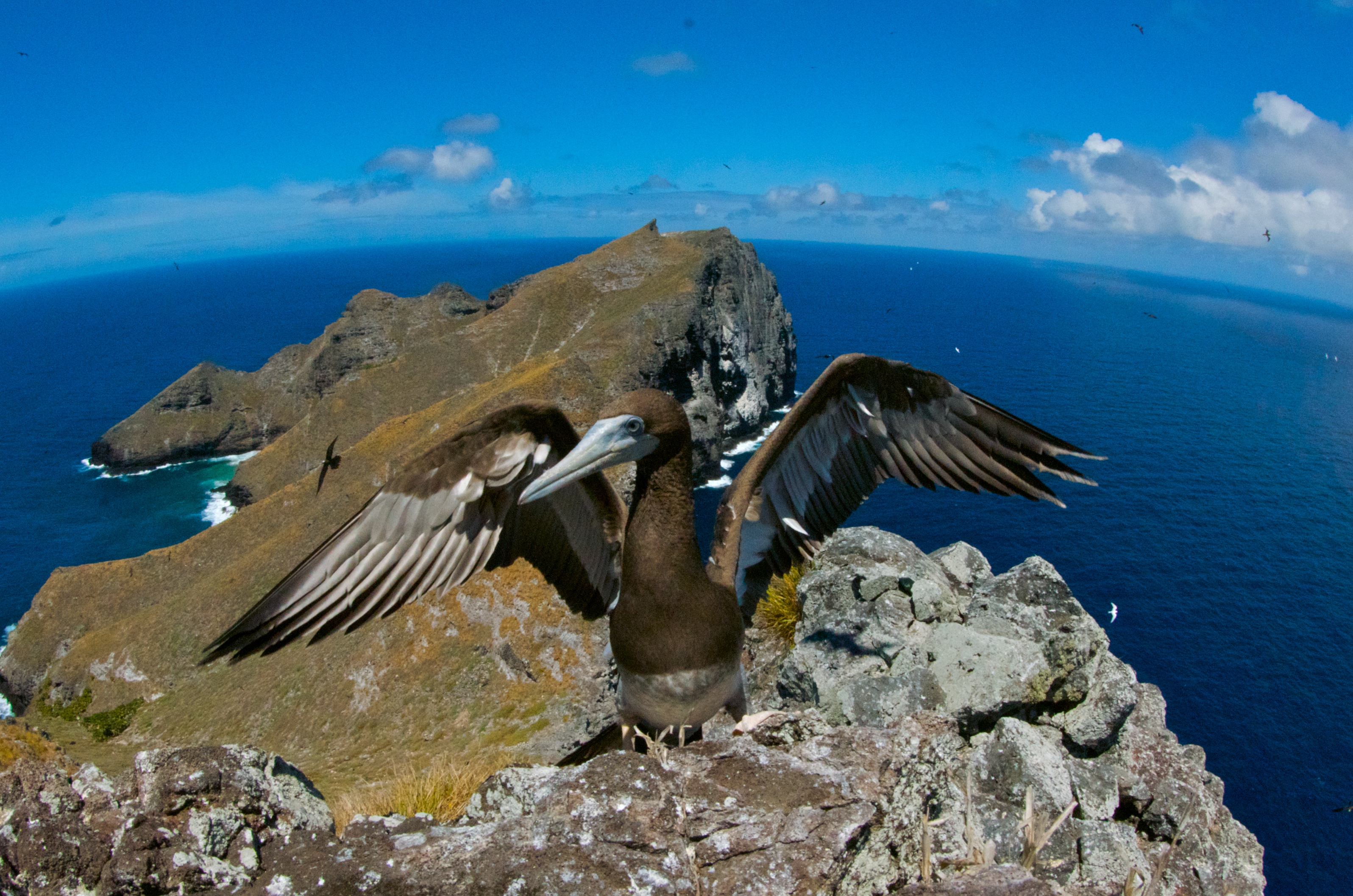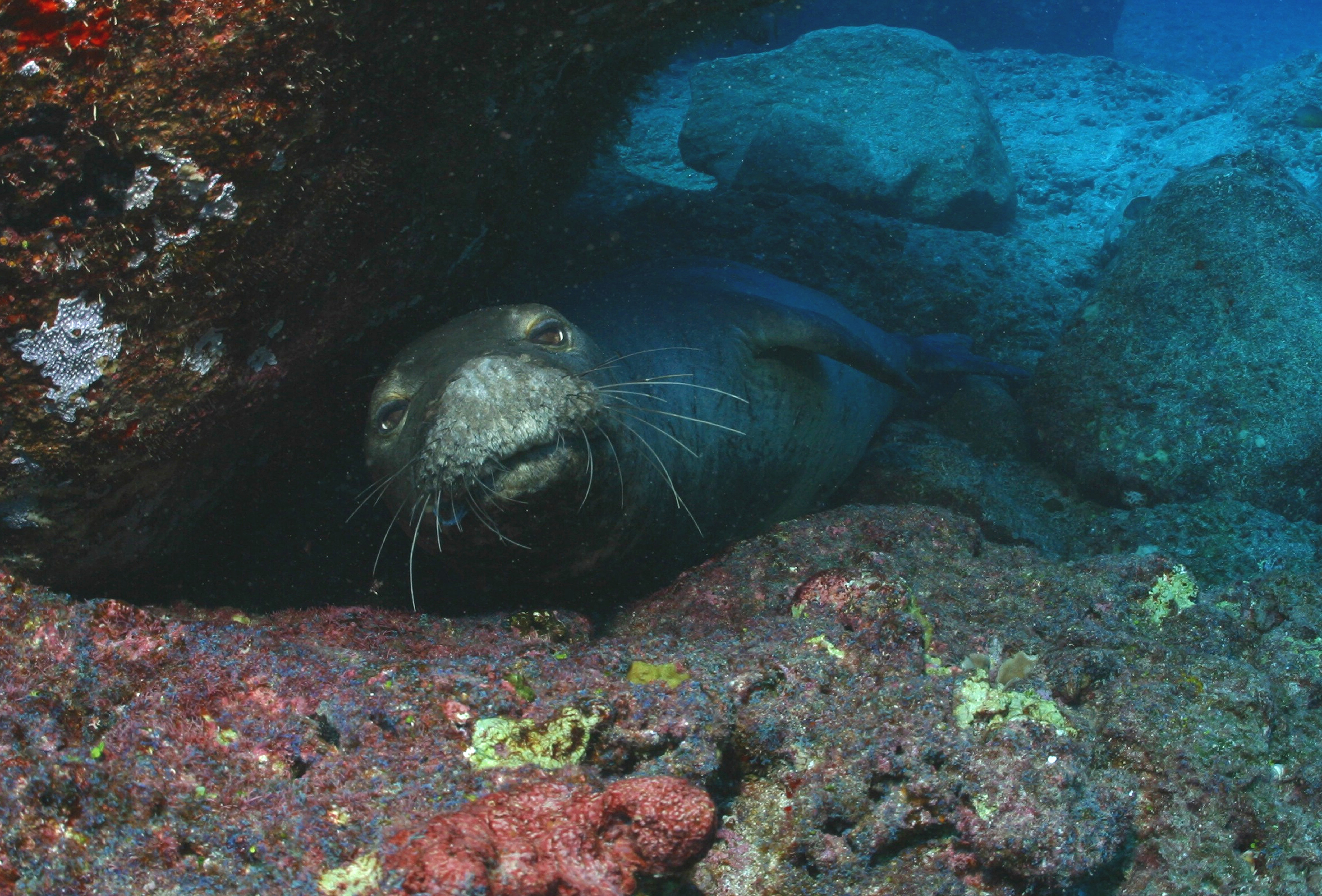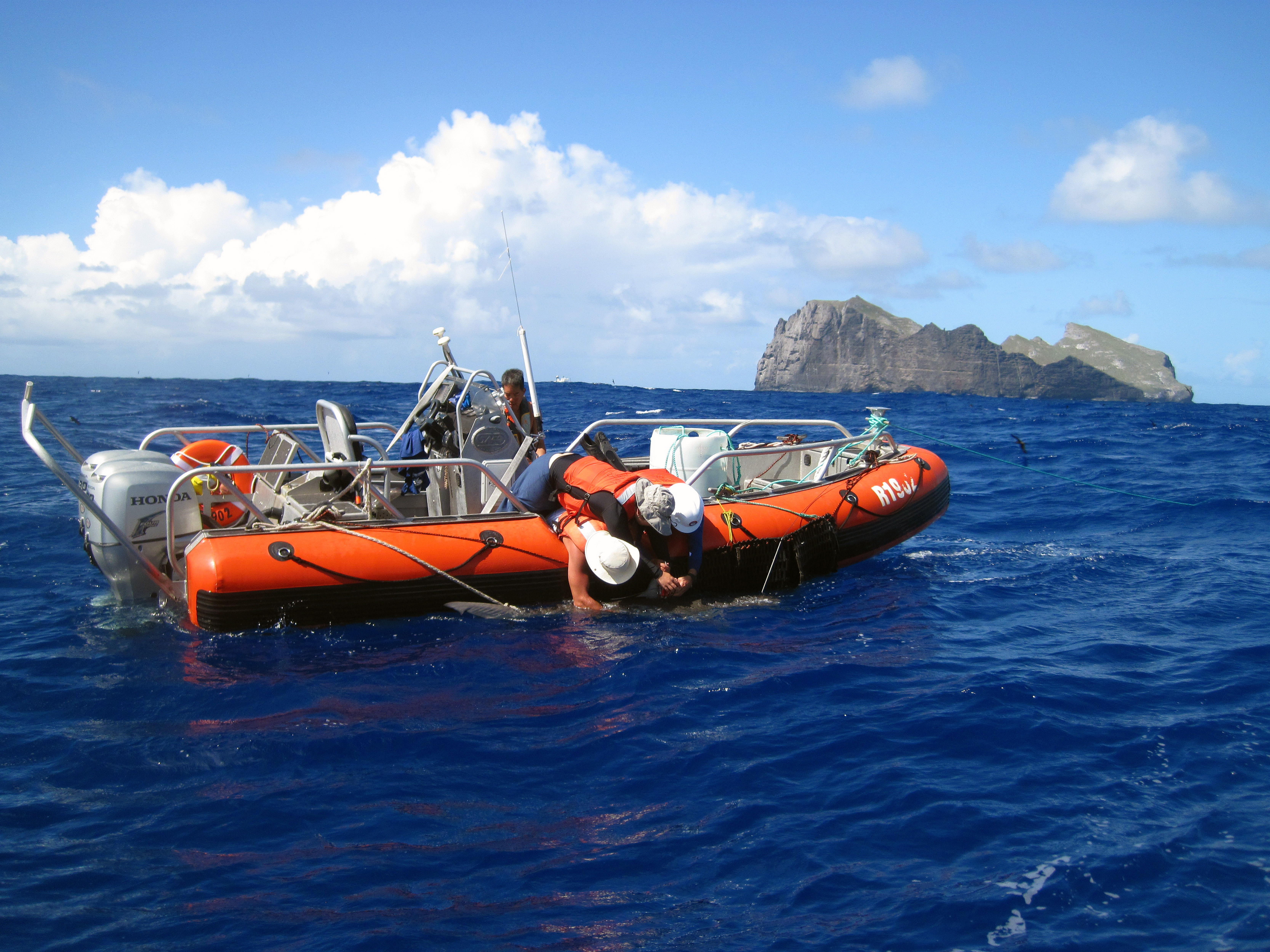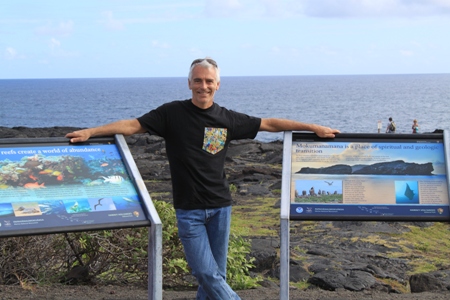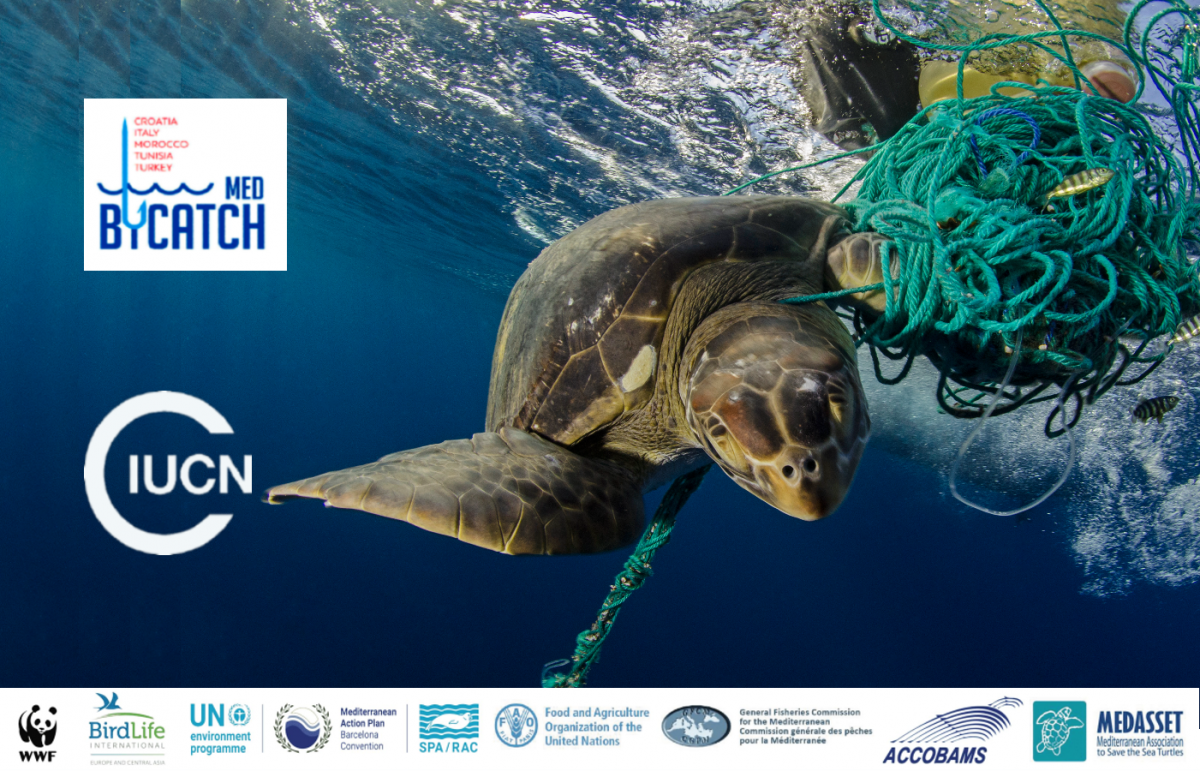Papahānaumokuākea – the Hawaiian heritage hoorah
A world away from the bustling city streets, towering skyscrapers and smoke-smothered skies of the western world, David Swatland looks out over a Hawaiian archipelago and affords a wry smile at the paradise which meets his gaze.
As one of the key men charged with managing the natural phenomenon that is UNESCO World Heritage Site Papahānaumokuākea Marine National Monument, his role is to ensure this little pocket of paradise is preserved so future generations can bask in its iridescent beauty.
To your average desert island dreamer, it might look like your run-of-the-mill National Marine Park with its boundless beaches, crystal waters and the faint rustle of sandalwood blowing gently in the soft Pacific breeze. But, as the natives will affirm, Papahānaumokuākea is no ordinary paradise.
A symbolic meeting point
The pristine natural heritage of the area has deep cosmological and ancestral significance for local culture and represents the embodiment of the Hawaiian concept of kinship between people and the natural world. For natives, this is the place of primordial darkness where life originates and where the spirits return to after death; its tongue-twisting name - Papahānaumokuākea - translating as the meeting place of father sky and mother earth.
“We don’t really ‘manage’ the islands ourselves,” said Swatland, who is Deputy Superintendent for Policies and Programs for Papahānaumokuākea. “Mother Nature and our ancestors manage the place just fine. Our job is simply to manage the human activities that take place there. The good news for us is most native Hawaiians have maintained their strong cultural ties to the land and sea and therefore respect the environment in which they live.”
Thanks to its biogeographic isolation, this cluster of small, low lying islands boasts an exceptional ecosystem which many marine wildernesses lost long ago due to human intervention. It is home to 7,000 marine species of which 40% are endemic to the area with its terrestrial and marine habitats integral to the survival of many critically endangered species such as the Hawaiian Monk Seal, the Black-footed Albatross and the Fan Palm, one of six species of endangered plant which furnish the islands.
Preserving paradise
There was a time, however, in the not-so-distant past when this Hawaiian Eden was under serious threat of irreparable damage due to human activity with unregulated fishing, vessel strikes on rare coral, military operations and future exploration and mining just some of the perils which threatened both flora and fauna.
Papahānaumokuākea needed protection; a grandfather figure to educate the uneducated, to safeguard its beauty and allow ‘mother nature’ and ‘father sky’ to do their job without the interference of short-sighted businessmen who could not look beyond their bank balance.
It arrived when they achieved their long-held dream of attaining UNESCO World Heritage site status in 2010, giving Papahānaumokuākea instant prestige and credibility within the global community and putting this sacred place on the map as an iconic site which needed both financial support and year-round protection.
A turning point
“That was a big moment in our history,” said Swatland. “The primary benefit of being a World Heritage site is the specific recognition it brought to the place. Being recognized in the same category as other mixed sites such as St. Kilda, the Pyrenees, and Machu Pichu brought an instant credibility to the site that means a lot to many people. While being a World Heritage site does not in itself bring in more funding or create more protection, it does add significant justification when managers are seeking additional money or protection.”
He added: “Maintaining the Outstanding Universal Values of a site is a persuasive argument; no site wants to end up on the danger list. It has also opened up many new partnership opportunities; the recently established marine World Heritage site managers group has been an invaluable source of information and collaborative efforts to advance resource conservation.”
As well as playing host to a vast array of endemic coral and fish species, the beaches and waters also provide a safe haven for 90% of the threatened Hawaiian population of Green Turtles and the critically endangered Monk Seals which nest, forage and pup on the white sanded beaches of the islands. Even our feathered friends are indebted to this region with over 14 million seabirds nesting and foraging in the area, with the Monument housing the largest tropical seabird rookery on the planet.
Reaching out
One of the recommendations made to the Papahānaumokuākea team when they applied for World Heritage status was to step up their efforts in habitat restoration and invest more time in educating the local community on the importance of their seascape.
“We now have a vigorous education and outreach scheme that includes school programmes, frequent presentations and a Discovery Center that receives 60,000 visitors per year,” said Swatland. “There are a number of field and research staff that actually get up into the Monument, primarily during the summer.
“Activities include habitat restoration, climate change research, coral reef ecosystem monitoring, wildlife monitoring, marine debris removal, Native Hawaiian cultural practices, and a host of other activities that fall within the six permitting categories,” he added.
Perhaps to an outsider it is hard to recognise the true value of a site achieving World Heritage status but in this Hawaiian backwater, the natives believe it has been a powerful tool to rally domestic and international attention, educate the locals and draw upon the terrific knowledge and experience from experts who have helped save other sites in a similar predicament.
A rallying call
Asked if he had any advice for other places which find themselves threatened by human intervention, Swatland was keen to stress that getting World Heritage status was a crucial step but emphasised that it is not the absolute solution.
“We must wake up to the fact we need to look after our planet,” he said. “We can give excuses and point to a lack of financial and human resources, political uncertainty or the tension between resource conservation and economic development. But when you see the utter failure of most nations to educate their populations on the impact of their lifestyles, it’s not surprising we are where we are. Without a change to the economic and educational paradigm, resource conservation will only make very incremental progress, which simply is not enough, given the current and projected state of the planet.”
Papahānaumokuākea is a tiny glimpse of the miracle which can be achieved if a marine site is managed correctly. But, as Swatland points out, there is still a long way to go before we can look our ancestors straight in the eye.
Article written by Peter Sanderson. For more information contact me at peter.sanderson@iucn.org
